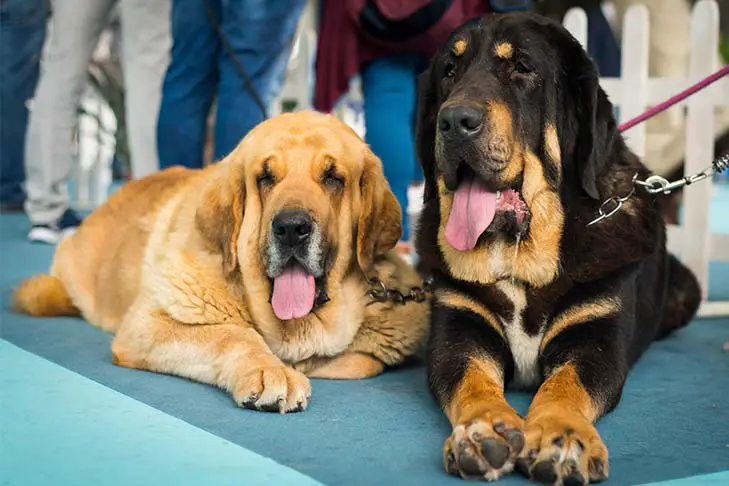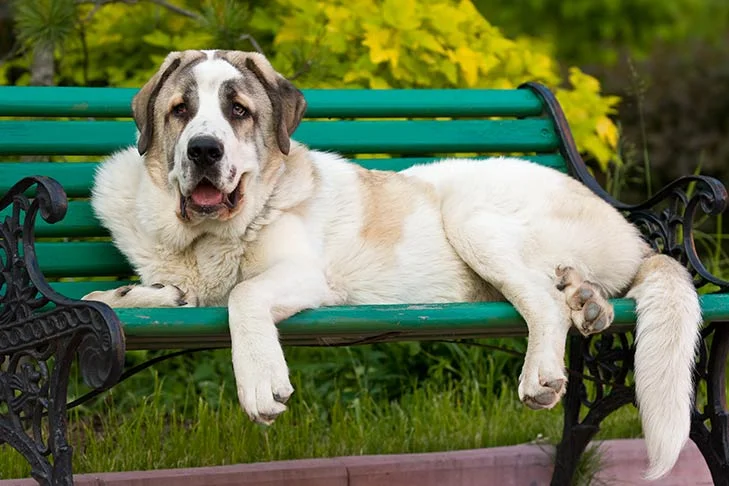The Spanish Mastiff is an extremely intelligent and beautiful dog, and his expression reflects both of these traits. Rustic, friendly, compassionate, and noble, he is tenacious when confronted with hazardous creatures or strangers, especially when defending and protecting farms or calves. In his behavior, one can see a dog who is confident in himself, calculating his strength since he is aware of his great might.
The Spanish Mastiff is a large, well-balanced, robust, and muscular dog. He has a huge head and a medium-length coat covering his torso. His bark is loud, low-pitched, and deep, sonorous, and audible from a long distance. The Spanish Mastiff is available in a variety of coat colors, including black, fawn, red, gray, and yellow, as well as brindle or white markings. The breed is closely related to the seasonal moving of livestock, particularly Merino livestock, which he accompanied during the time of the ‘Mesta.’ This was an association of sheep ranchers who journeyed seasonally to distant locations to find grazing pastures in the Middle Ages.
Throughout their journey, the Spanish Mastiff was in charge of protecting them from wolves and other predators. He works for farms, people, and properties in general, whether sedentary or nomadic.






 Health
Health Grooming
Grooming Exercise
Exercise Training
Training Nutrition
Nutrition